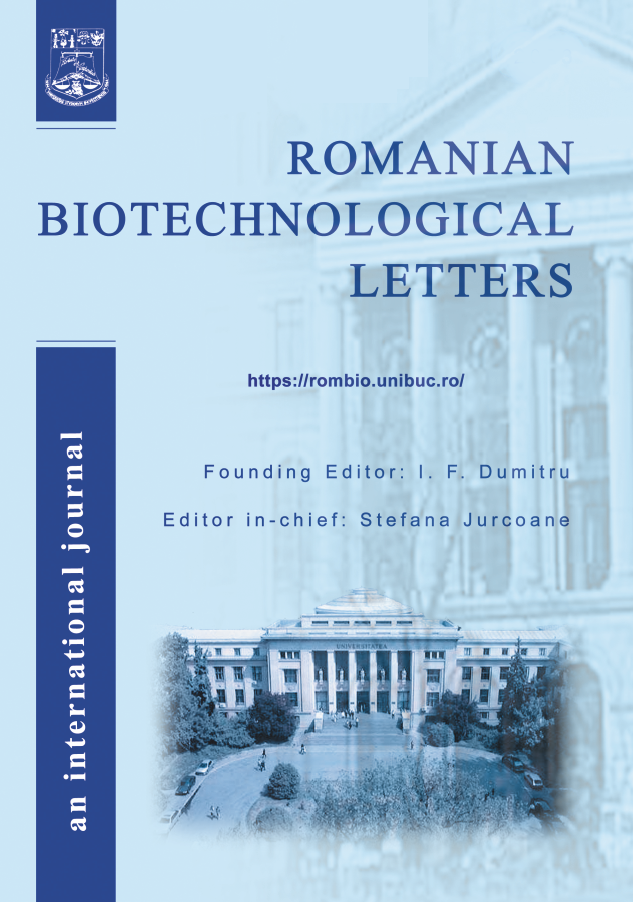Shifts in the nitrogen cycle under different fertilizer management practices
DOI:
https://doi.org/10.25083/rbl/28.4/4068.4076Cuvinte cheie:
nitrogen biogeochemistry, soil enzymatic activity, nitrate reductase, soil microbiota, long term fertilizer experimentsRezumat
Human population is dependent on agricultural production, but these activities pose multiple threats to soil health and indirectly to ecological sustainability. Synthesis of fertilizers proved to be a miraculous solution to enhance soil productivity, but this advancement came with many unseen risks. Long-term research stations that have decades long experiments with fertilizers additions are paramount in better understanding long-term impact of fertilizer use. Our study focused on ammonium and nitrate levels found in soils in an experiment of inorganic nitrogen addition than began in 1975. We further directed our attention to soil mineralization potential, nitrate reductase activities and densities of two major microbial functional groups: ammonifiers and denitrifiers. Our data suggests that ammonium has a stronger tendency of soil buildup than nitrate and that increased levels of inorganic nitrogen species also impacted molecular compartments and processes such as mineralization potential, soil microbiota and enzymatic activities. Another result indicates that analysed soils reached a storage limit for phosphorus which threatens to overburden other ecosystems.




